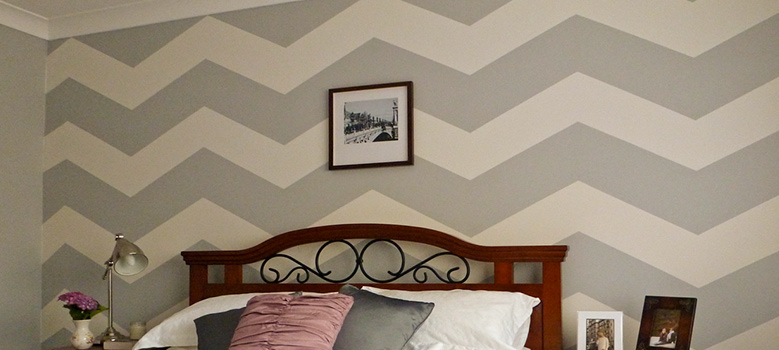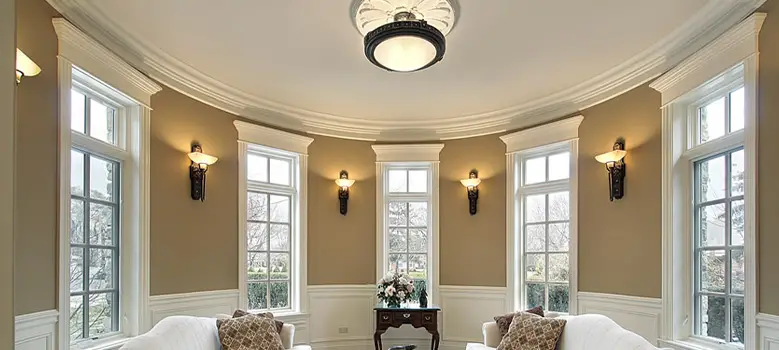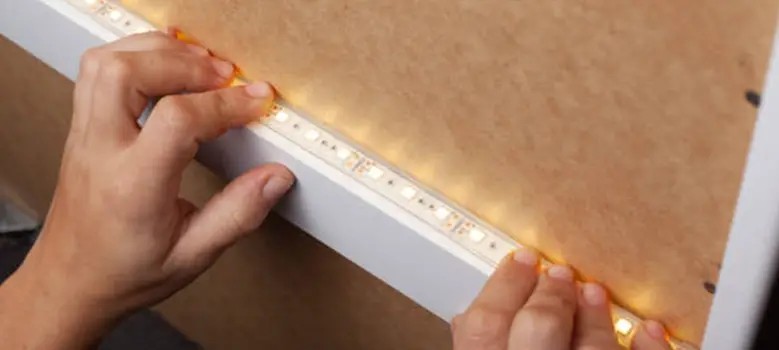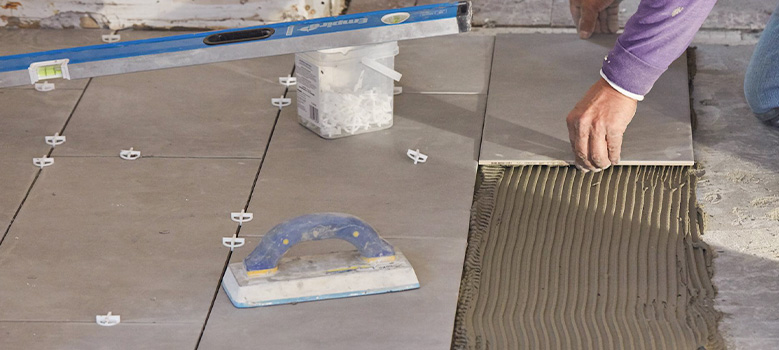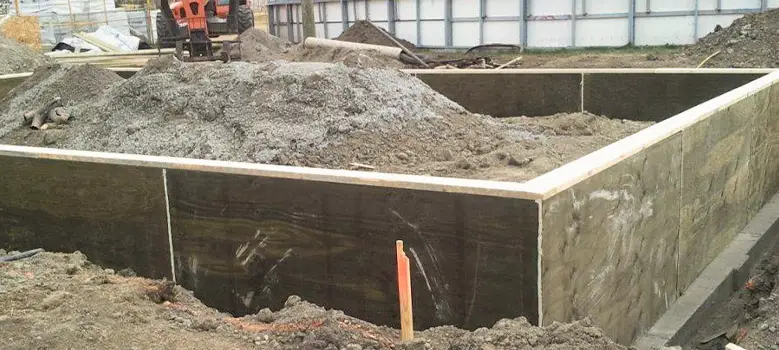The chevron pattern is one of the most popular patterns in home design. The decorative chevron pattern is a crosshatching pattern based on angled lines. In the right combination, this pattern creates the illusion of depth and dimension so that an ordinary room appears more significant than it is. The versatility, durability, and affordability of chevron paintings have made them popular for years. You can use it anywhere in your house, from throw pillows to bedding, flooring, to wall cladding. It’s fun and playful yet sophisticated and timeless.
To help you get started with this contemporary pattern, we’ve collected some chevron interior design trends and ideas.
Ideas for Painting Chevrons on Bedroom Walls
Do you want to instantly rev up your style game with a bold, impactful design? Your contemporary home interiors could benefit from the addition of chevron patterns. No matter how you incorporate this playful stripe into your room, it will become a focal point! Chevrons are a top trend among designers and for a good reason! You can use this fun stripe in just about any room in your home once it is the mainstay of quilts and bed linen. You may find some delightful ideas that inspire you to go chevron.
The Difference Between Chevron and Herringbone
It is common to confuse Chevron and Herringbone patterns, but they have different origins. Herringbone and Chevron designs both create balance, though their orientations differ. Herrings move diagonally, while chevrons run horizontally. In addition to their different shapes, chevrons and herrings occupy different amounts of space on a surface: chevrons use triangles, while herrings use parallelograms.
In general, designers cannot agree whether Herringbone flooring is a modification of Chevron painting or if Chevron painting is a modification of Herringbone painting. There is a difference between these two designs in how they are laid and installed. Unlike Herringbone painting, which is made by laying wide planks, chevron painting is created by cutting wood boards at an angle and applying them on the short end.
Use Scrap Cardboard as a Stamping Tool
You can quickly obtain the tools we use. You don’t need expensive tools to make beautiful designs on your walls. We use scrap cardboard to create this chevron pattern. Do not overload the cardboard with paint to avoid drips on your wall when stamping the paint pattern.
Paint Chevron Walls with the Following Tools
- Painting supplies
- High-quality painters’ tape
- Pencil
- Tape measure
- 2′ level
- Triangle or template with the desired angle for the pattern
- Sharp knife
- Ladder
⦿Preparation: You can choose any wall in the room to be your accent wall. It would help if you usually started with the first wall you see when you walk into a room. You should select two colors for the chevron pattern at a minimum. It is essential to clean the walls of any existing holes, remove electrical plates, and prime them before painting.
⦿Paint the first color: Use one of your chosen colors to paint the entire accent wall. It doesn’t matter what color you desire. Allow to dry completely.
⦿Pattern height: Divide the room’s height by the number of bands of each color you want on the wall. Subtract the height of the baseboard from the room’s height. Example: Room height (108”) – baseboard (5.5”) = 102.5 ÷ 10 (five bands of two colours) = 10.25” band height.
⦿Pattern width: Decide how often your pattern will repeat. Divide the wall width (10’8″) by the number of segments you want to see up and down. The pattern repeats 16 times.
⦿Pattern angle: Establish the grade you want to follow when creating the chevron pattern. Using a 45° tip is the best option.
⦿Make a pattern on the wall: Vertically and horizontally, find the wall’s center. Make sure the design remains the same on both sides of the border by drawing it from the center outward. To determine the width of the first band, measure 10.25″ (band height) up from the center point. Drawing 45° down from your two points will result in a pattern repeat of 16″. Changing the direction of your angle every horizontal 8″ (half of the pattern repeat) will result in the same pattern. Ensure you keep checking your points to remain level as you connect the dots.
⦿Tape time: Apply FrogTape to the edge of the already painted line; always ensure you place the FrogTape on the side of the already painted line when taping off the chevron pattern. You can paint over the pencil line by exposing it so that the paint will cover it. Make sure all the tape is pressed down, especially at intersections. Trimming the frog tape at all inner corners is extremely important to ensure that the result is clean and crisp.
⦿Let’s get painting: To seal the edges of the tape, I recommend brushing them with a good coat of paint first and then quickly rolling them with a small roller. Choose your second color for every other band. ⦿Peel off tape: Remove the FrogTape slowly after the paint has sat for a short time.
⦿Touch-ups: You may need to touch up a few areas with a small brush. Here’s how to paint chevrons on an accent wall in a simple, step-by-step manner to alleviate the overwhelming task.
Idea 1: Horizontal Stripes Pattern
Chevron paintings will look exquisite when you add this idea to them. In addition to being timeless, the layout is also elegant. The good news is that it’s easy to do. It’s fun to work with horizontal wall designs, the most prevalent of all wall designs.

Idea 2: Diamond Parquet Pattern
You may be unfamiliar with diamond wall painting patterns that are classically stunning and elegant. Manors and castles throughout Europe often feature early diamond wall paint patterns. If your bedroom has chevron walls, consider a beautiful diamond pattern.

Idea 3: Tiling or Mosaic Pattern
Chevron wall design will also work well with this pattern. The most typical image of the mosaic painting that people have in mind is tiling. A mosaic pattern is formed by painting tiles. That’s just one of the almost infinite options available. Wall mosaics come in countless styles, from the square mosaic paintings of the 1960s to today’s 3D designs.
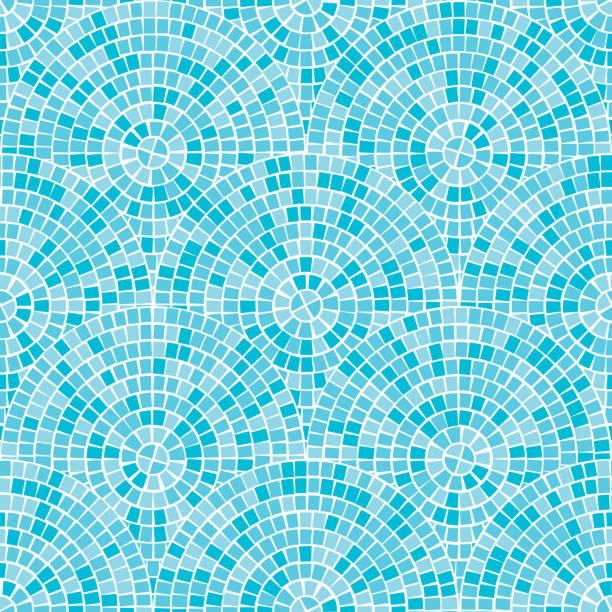
Idea 4: Chevron Oil-Based Paint
These paints’ surface penetration and adhesion make them the best choice for covering up stained surfaces. These are more durable and water-resistant than other types and are also more affordable. It is essential to use oil-based paints as they are reliable and last for a very long time. They’re also great for trimmings. Using them, however, requires an extended drying time, sometimes up to 24 hours, which can be a significant inconvenience.
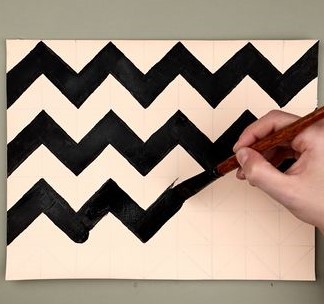
Idea 5: Chevron Water-based paint
In comparison to oil-based paints, this type of paint offers several advantages. It dries faster, has fewer odors, and is easier to clean. Therefore, they make excellent interior wall coverings. Water-based paints, however, are less resilient than oil-based ones and aren’t as long-lasting. It doesn’t matter, they’re still great, and you’ll have to repaint the walls in a few years.
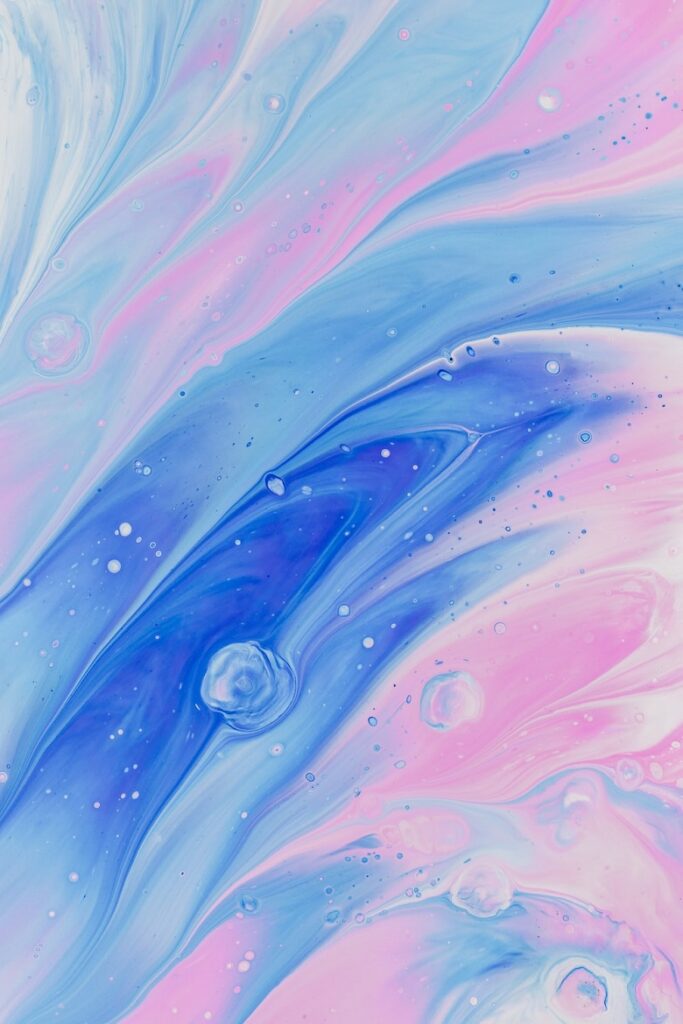
Idea 6: Chevron Latex-based paint
Usually used on exterior walls and surfaces, this paint has a matte finish. Sunlight doesn’t fade it, so it is a great advantage. As with regular water-based paint, it dries quickly after application. In addition to being able to expand and contract without trapping moisture inside, it is also durable and long-lasting, making it an ideal choice for a bedroom. Water-based and latex paints are typically found together, but not always. The two types are user-friendly and easy to clean.

Usually, you can paint chevron stripes reasonably quickly. Consider coordinating them with the rest of the room’s décor. Choose the right colors for the right places. It isn’t necessary to cover the entire wall with chevron stripes.
How to Paint a Chevron Pattern on a Wall
Plan out Design
Choose your chevron style before you begin. Your wall will appear busier the more peaks you use. Painting fewer mountains will result in a less dramatic effect. Remember that chevrons fit into perfect squares when planning out your chevron pattern. Divide your wall’s measurement by the number of peaks you want. Using that information, you can determine the size and length of your guide square. As a result, your wall won’t end up with two-and-a-third chevrons.
Create a Design
Use painter’s tape to mask the lines once you’re satisfied that the chevron pattern is even. Keep your angles and lines straight and aligned by following the lines and checking often. Remove air bubbles from the edge seal by evenly applying the painting tape. Ensure that you have the perfect edge before you start painting by carefully cutting or using a blade and ruler on your masking tape. If you plan to keep the existing wall color, you don’t need to worry about the masking tape outside the chevron pattern. Tape the corners of the two new colors evenly and sharply if you use two new colors.
Tape should seal
Even though painter’s tape should prevent paint from seeping under, it’s important not to let an accident ruin your entire paint job by spilling paint. To seal the edge completely, take a bit of the existing wall color paint and paint along the edge of the painter’s tape. You won’t notice if some color seeps through that way.
Paint the chevron
Your choice of wall colors will determine whether you’ll paint two new walls or add chevrons in another color to your existing fence. If necessary, apply as many coats of paint as required to achieve complete, even coverage. Adding one more color to the current wall color can save money. The other walls don’t have to match, so this is much easier. In addition to adding a little life and movement to the room, it ensures the wall does not stand out too much.
Remove the tape
Before the paint dries, remove the tape to prevent peeling. After removing the FrogTape shouldn’t take long to see your stunning new pattern.
Adjust the effect
You’re done if you like the stark, dramatic effect! Using a sponge and the same white paint, you can draw light vertical stripes on the wall to soften up the edges. You’ll end up with a subtle accent wall that looks even, dramatic, and dramatic. Give your dull room a little life with this. Having an exact pattern will prevent the wall from looking cluttered or off, which can ruin the entire appearance of the wall.
Frequently Asked Questions
Why is It Called The Chevron Pattern?
Originally a Vulgar Latin word, Caprio, means “rafters,” referring to its resemblance to two roof beams. The term “chevron” first appeared in English during the 14th century. In Commonwealth nations and the United States, chevrons also symbolized rank in the military and police forces.
What is a Chevron Design?
There is a popular flooring pattern known as chevron, a zigzag pattern formed by the way wood blocks are situated.
How do Chevron and Herringbone differ?
Chevron planks are cut at a 45-degree angle on the ends, which is the main difference between the two styles. Cutting herringbone planks involves an angle of 90 degrees. At the top of each zigzag, chevron flooring creates a point.
Conclusion
You can create a sense of motion in a room by using chevrons. To ensure that the chevrons are evenly spaced and angled, drawing out and taping the chevrons is the most challenging part of painting a chevron wall. Taking the wall width and dividing it by the number of chevrons you want is the easiest way to achieve this.
By using a ruler to line up your points, you can use this step to determine the length and width of your chevron square. Use a sponge and a light coat of the second color if you find the result too contrasty, especially in a small room. Having the patience to mark out your project before you paint your chevron wall is the key to painting a chevron wall.

